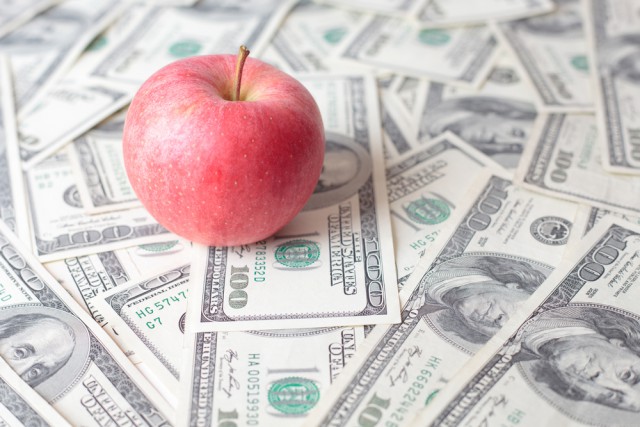Apple's arguments for 16GB iPhones are disingenous

If you cannot expand the storage capacity on a high-end smartphone, 16 GB of available space just isn't enough. Install all your favorite apps and games, maybe try a couple of new ones, add some music, use the device for a while, and you end up with an alarmingly-low available capacity. As someone who is using a 16 GB iPhone 6 Plus daily, I have to work around this restriction.
And I shouldn't have to, which is why I find Phil Schiller's arguments on why the company he represents as SVP still makes 16 GB iPhones to be disingenuous. Phil, at least be honest: it is all about the money.
In an interview with Daring Fireball's John Gruber, Schiller tries, and fails, to convince that cloud storage services, like Apple's iCloud which gives users just 5 GB of free storage, can make up for the low storage tier. While it is certainly possible to do so, it is only effective to a certain extent.
Sufficient local storage is paramount if we are talking about using smartphones as smartphones, meaning installing and using apps and games on them. You could always stream music, to make some room, but iPhone apps and games can only run from internal storage. And the more you use them, the more space they take.
Let us not forget that even if you manage to keep some space free, you will likely run into some problems when the time comes to install a major iOS upgrade. Even iOS 9, which comes this fall with major optimizations regarding storage requirements, will need more than 1 GB to install. With electric cars, there's range anxiety. With 16 GB iPhones, there's available storage anxiety.
Schiller tries again, and fails one more time, when he says that the savings Apple makes by offering 16 GB of storage in its iPhones allows it to divert more resources into things like the camera. This is like saying "Honey, the reason why we have such a small dressing room is so that we could have a slightly bigger castle".
Yes, offering more storage in the entry-level iPhones would increase the cost slightly, but considering the sort of margins Apple wants it is well within reason to ask for more without sacrificing its huge profits. The cost of a single flash memory module that Apple uses in iPhone 6 and iPhone 6 Plus is about $9 according to this estimate. I imagine it is accurate. Thing is, by doubling the capacity for instance, Apple would not have to also double the cost.
Jumping from 16 GB to 32 GB of internal storage, going by microSD prices for SanDisk's Extreme models (which is a comparison that favors Apple, seeing as microSD vendors also want to make a profit on higher-capacity models), there is only a 67 percent increase in price. But what's $6 -- and I am being generous here, again -- to Apple?
Well, if you do the math, Apple would have to lose only $6 million for every million iPhones it sells. That is not much. But, if you look at it from a different perspective, it would likely mean it would lose many sales of higher-capacity iPhones, which retail for $100 or $200 more than the entry-level models.
Now, that is a totally different situation. Instead of losing $6 million to make its customers more satisfied with buying iPhones, it would be losing those $6 million per million iPhones plus the $100 million for every next-biggest capacity iPhone it did not sell. The former is not much, but when adding the latter into the mix it explains a lot of things.
Just consider that Apple has sold tens of millions of iPhone 6 and iPhone 6 Plus in every quarter following their release, with $100 between storage tiers. You do the math, and tell me it is not about the money.
Photo Credit: aerogondo2/Shutterstock
